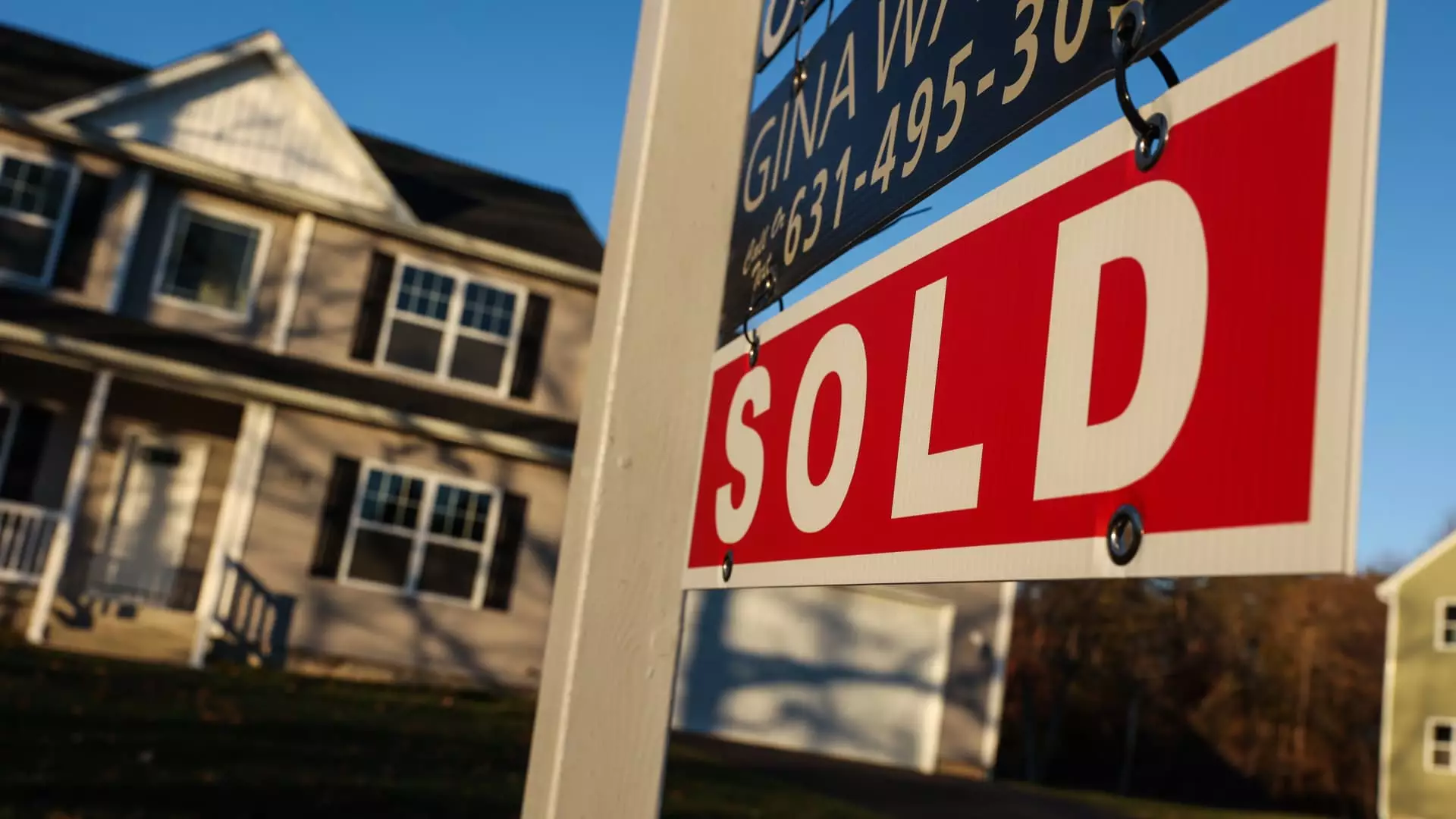In the world of real estate, fluctuations in mortgage rates profoundly impact homebuyer sentiment and market activity. October saw a notable increase in sales of previously owned homes, attributed to a sharp decline in mortgage rates which encouraged many potential buyers to re-enter the market. This article will delve into the implications of this rise, the current state of the housing inventory, and the broader economic context that is shaping these trends.
During the summer months, home sales had languished, leaving many observers concerned about the market’s trajectory. However, data released by the National Association of Realtors (NAR) demonstrated a 3.4% increase in sales from September to October, translating to a seasonally adjusted annual rate of 3.96 million units. This 3.4% increase marks a significant uptick, particularly as it constitutes the first annual growth in more than three years, rising 2.9% year-over-year from October 2022. These figures illustrate a strong reaction from buyers, likely driven by the decrease in the average rate on the 30-year fixed mortgage, which had dropped from approximately 6.6% in August to around 6.11% by mid-September.
The timing of the deals is also essential; many purchases reflected in the October statistics were agreements made in the months prior. Thus, the positive shift in mortgage rates is critical in understanding the resurgence in home sales. Economists like Lawrence Yun, NAR’s chief economist, suggest the worst may be over for the downturn as heightened inventory levels are positioning the market for increased transactions.
Despite this resurgence, the housing market is still navigating a challenging landscape characterized by limited supply. As of the end of October, housing inventory stood at 1.37 million units, reflecting a 19.1% increase from October 2022. However, this figure still equates to a 4.2-month supply of homes, indicating a market that leans toward favoring sellers—a state that persists since a six-month supply is considered balanced. This restricted inventory continues to exert upward pressure on home prices. The median price for homes sold in October reached $407,200, marking a 4% increase over the previous year.
In light of these challenges, Yun notes the necessity for increased inventory—estimating that the market needs an additional 30% of listings to return to pre-pandemic balance. This comment highlights the ongoing struggle in the market that potential buyers face, particularly those on a tighter budget who are often at the mercy of price fluctuations.
Further complicating the landscape is the notable dependency of first-time buyers on mortgage financing. While they accounted for 27% of sales, a slight decrease from previous years, this figure stays significantly below the historical norm, where first-time buyers typically comprised around 40% of transactions. The elevated mortgage rates have created hurdles for many would-be homeowners. In a counterintuitive twist, despite a marginal decrease in all-cash buyers—from 29% to 27% in comparison to the previous year—this still signifies a substantial presence in the market, suggesting that affluent investors are less impacted by the fluctuating rates.
Moreover, as rates have recently risen to 7.05% for 30-year mortgages, questions remain about the sustainability of this October surge. Encouragingly, a report from Redfin pointed to a resurgence in buyer activity, particularly following the recent elections. The findings suggested a 17% year-over-year increase in buyer inquiries during a key week in mid-November, reflecting pent-up demand and speculation around future interest rate adjustments.
As we look to the future, the interplay of mortgage rates, inventory levels, and consumer confidence will be pivotal in determining the trajectory of home sales. While the latest statistics present a promising uptick, the underlying concerns regarding housing supply and affordability remain pressing issues that must be addressed. Buyers as well as industry stakeholders must stay vigilant as they navigate this dynamic market that is still adjusting to the post-pandemic economy. The foundation laid in October could provide momentum if these elements are favorably aligned, leading to a more stable and balanced real estate environment moving forward.


Leave a Reply